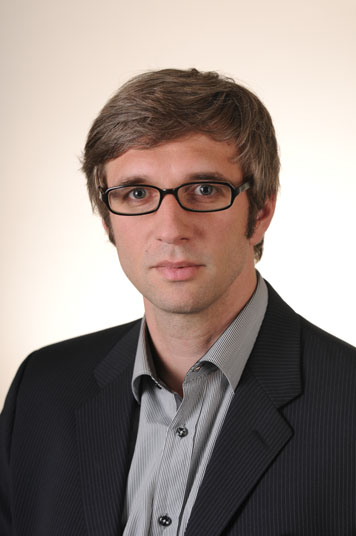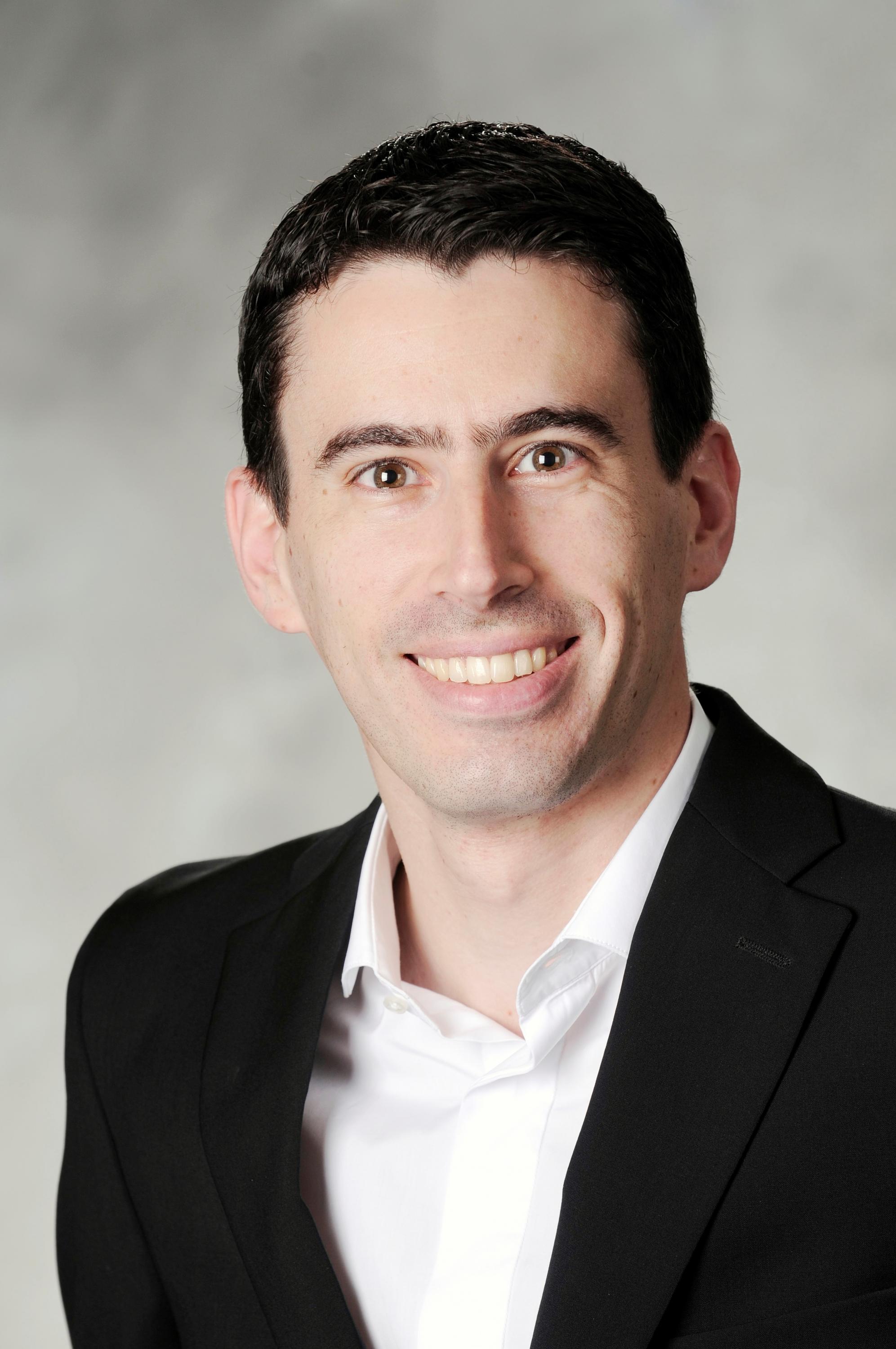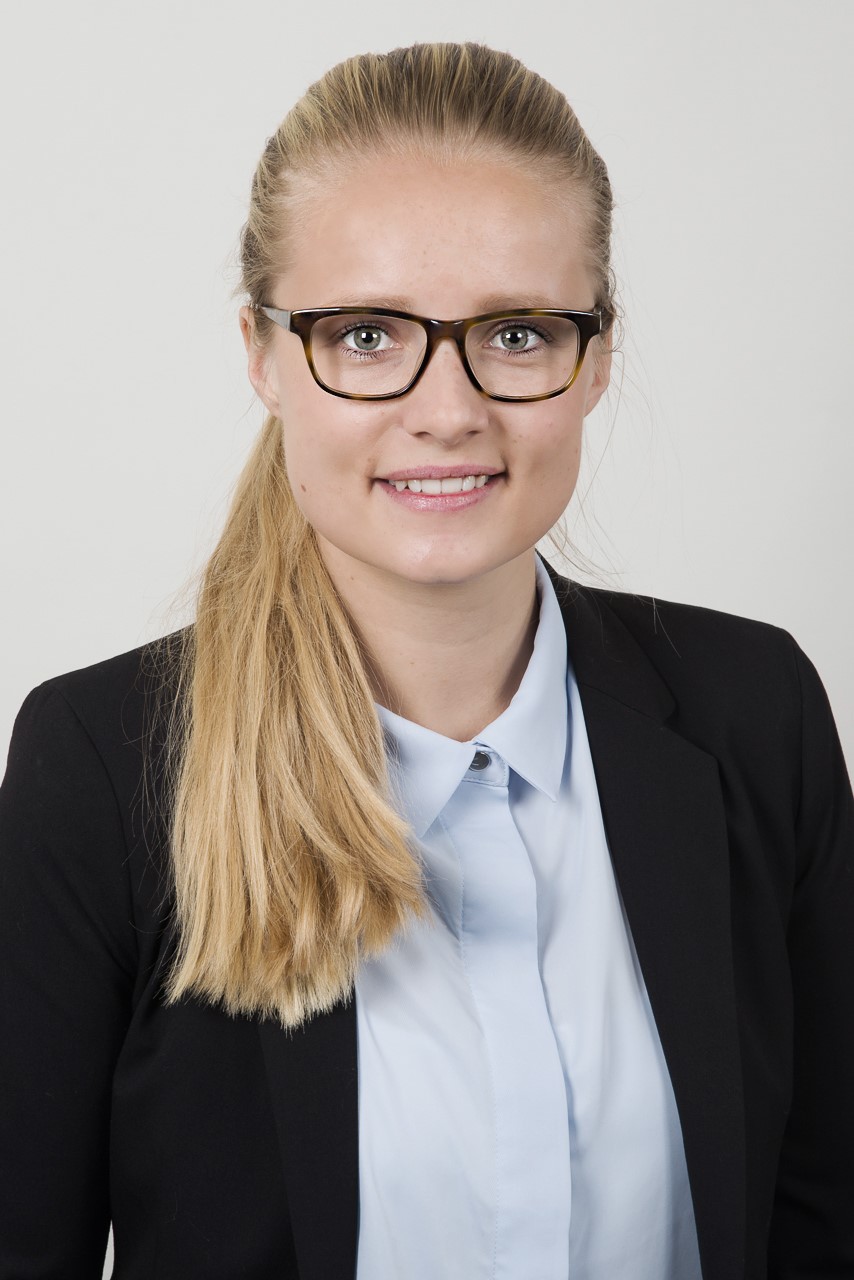To the average person, the Wi-Fi spectrum may seem like sunshine or the wind – an unlimited natural resource that anyone can access at any time for any reason. In reality, the radio frequency (RF) spectrum is finite. In fact, because of military usage, as well as the proliferation of cellphones, laptops, computers, and the internet of things – such as Wi-Fi enabled home devices – the RF spectrum is beginning to run out of room.
To find a way to alleviate this problem, DARPA (Defense Advanced Research Projects Agency), an agency of the U.S. Department of Defense, is hosting the second Spectrum Collaboration Challenge, or SC2. The goal of the challenge is to increase the possibility of access to Wi-Fi for both military and civilian wireless devices. According to the SC2 website, this will be accomplished when “radio networks will autonomously collaborate and reason about how to share the RF spectrum, avoiding interference, and jointly exploiting opportunities to achieve the most efficient use of the available spectrum.” The challenge is designed to encourage sharing between networks through a combination of machine learning and communications engineering.
Enter Georgia Tech Agile Communication Architectures, one of 30 teams selected to participate in SC2. Spearheaded by two Georgia Tech professors – Matthieu Bloch, an associate professor in the School of Electrical and Computer Engineering (ECE), and Sebastian Pokutta, David M. McKenney Family Associate Professor in the Stewart School of Industrial & Systems Engineering (ISyE) – the team comprises graduate students from both schools and comes out of the interdisciplinary Center for Machine Learning at Georgia Tech (ML@GT). The team is self-funded, but Bloch and Pokutta have received some support from the National Science Foundation in the form of an EAGER grant in the amount of $99,877, which will support the team’s early efforts.
Describing the Georgia Tech team’s approach to the spectrum challenge, Bloch said, “Here at Tech, we have expertise in both communications engineering and machine learning, and [the solution] that DARPA is looking for is something that integrates the two. The future of communication – for them – has to go through the integration of machine learning and intelligence, and that was a strength we were able to advertise to DARPA. They were happy with our approach because we were proposing an integrated solution from the beginning.”
In terms of solving the challenge through machine learning, Pokutta said, “If you look at machine learning in general, it’s a very powerful technique. At the same time, it’s probably overhyped. You have to create tangible value: applying it to real-world problems and solving them to have impact. It’s like having a hammer. A hammer is a great tool, but if you have nothing to apply it to, it’s completely worthless.”
In other words, the goal of the challenge is collaboration. Collaboration is important for solving SC2, but for Bloch and Pokutta, the collaborative aspect includes training graduate students to be interdisciplinary – to understand not only the nuances of machine learning or communications engineering, but to be fluent in both fields.
There’s something else that sets the Georgia Tech team apart: While Bloch and Pokutta are the professors heading up the challenge – Pokutta compared Bloch and himself to investors in a startup company – the day-to-day work of solving the challenge is led by graduate students in ECE and ISyE.
Jana Boerger is an ISyE master’s student who will graduate this summer before entering the ISyE Ph.D. program in machine learning in fall 2017. She oversees management of the project. From an ISyE perspective, Boerger said, “The challenge shows that the optimization methods we learn in ISyE can be applied to very technical real-world problems.”
But like Pokutta and Bloch, Boerger sees the value of an interdisciplinary approach. She added, “What’s also interesting is that while our team is all students, the other teams in SC2 are companies – heavyweight teams with a lot of money behind them. I think we as students can be successful if we work together, because we have this interdisciplinary team. Innovation happens when you combine two different fields together, like we’re doing. You need to look outside the box and see what’s there and take the tools and the knowledge and combine what you have.”
Pokutta elaborated, “The challenge is a learning experience that encourages creativity. We don’t just want to take something that’s out there and enhance it. Our strategy is to break with the current paradigms, start in the physical area, and redo everything from scratch with collaboration and spectrum-sharing built in from the start, not just as an afterthought to the technology.”
Keerthi Suria Kumar Arumugam is a Ph.D. student in ECE, and he is the communications team leader. Arumugam’s team builds the interface between the hardware components and designs the signal processing algorithms to push meaningful data to machine-learning algorithms.
He explained, “We make sure we can receive signals from the network, process them, receive insights from machine-learning algorithms, and suitably schedule packets that they can then be pushed to the network.”
Over the course of the DARPA Spectrum Collaboration Challenge, the 30 teams will compete in three preliminary competitions – in December of 2017, 2018, and 2019 – with a final competition in 2020, taking place in the recently constructed DARPA Colosseum. The teams have a chance to win as much as $3.5 million in prize money.
The Colosseum, as described by the DARPA SC2 website, is located in a 30-foot by 20-foot server room on the campus of the Johns Hopkins University Applied Physics Laboratory in Maryland. It is “capable of creating a much larger, and critically important wireless world. If all goes as planned during SC2, competitors … will use the Colosseum … as a world-unique testbed to create radically new paradigms for using and managing access to the electromagnetic spectrum in both military and civilian domains.”
Bloch explained the idea behind holding SC2 in the Colosseum in terms of bringing together a group of people speaking multiple foreign languages in one room: “What DARPA wants is to put people in the room who aren’t speaking the same language. You have no information on what language the others speak. If I speak French and someone else speaks Chinese, there’s little chance that we understand each other. But the key thing – and this is where machine learning kicks in – is that we don’t have to fully understand each other. Maybe we just need to understand high-level features and communicate high-level ideas.”
Pokutta added, “If there are several people in the room, you need to understand when there is a pause in the others’ speaking so you can use that available time to speak for yourself. You don’t need to understand what’s being said; you need to understand when the language is creating gaps or holes you can use for your own communication.”
In the meantime, prior to the preliminary challenges, the Georgia Tech team will compete in “scrimmages,” or informal competitions against several other participating teams that take place in the Colosseum. The scrimmages will provide opportunities for the team to run trials using their own radio networks and to test their algorithms against one another.
Arumugam said, “The scrimmage is an excellent reality check on where we stand with respect to other teams. It is also a great opportunity to experiment with certain features and check how they fare against the other teams. Since the scrimmages are not counted toward the final score, they are essentially rehearsals. We are preparing the first draft of our design to compete against two other teams on June 21.”
Thanks to the interdisciplinary nature and approach of the Georgia Tech Agile Communication Architectures team, the group is uniquely positioned for success in developing and executing an integrated solution to the DARPA Spectrum Collaboration Challenge as it navigates the multi-year, multi-phased competition.



